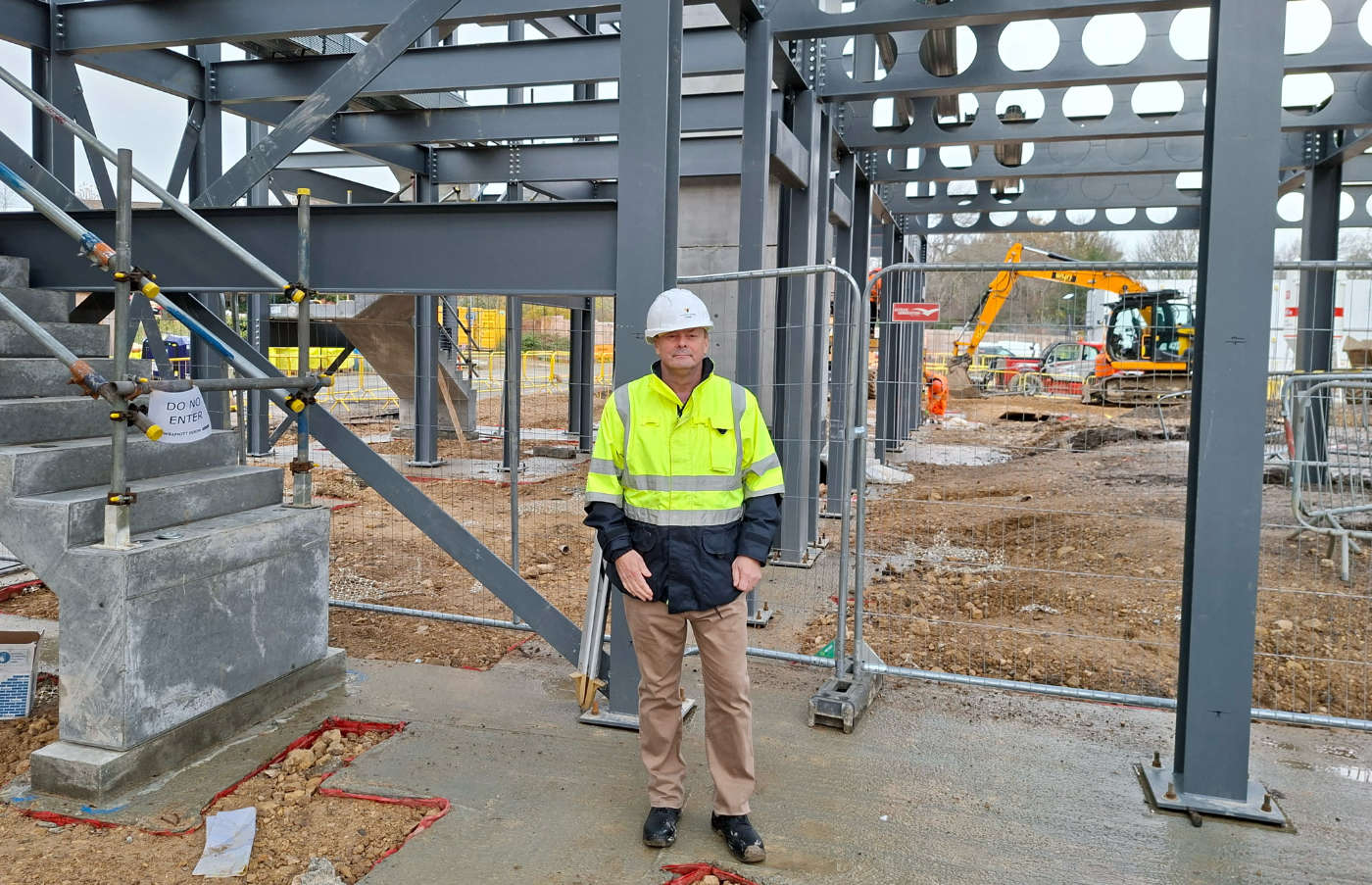All four Green Party councillors at North Yorkshire Council have warned that incinerator contracts “are far from the silver bullet they’re claimed to be” after revelations of major emissions breaches at Viridor’s Beddington incinerator in Sutton. Viridor is the same contractor recently linked with the proposed Tees Valley (TVERF) incinerator project.
North Yorkshire’s Green Councillors sent a letter to all 7 councils involved in TVERF in May to warn of the risks based on the experience of being tied into a contract with Thalia at Allerton Park incinerator (AWRP). These include financial risks, public health risks, and locking into contracts that stop councils improving recycling and complying with new national waste policy, which also means missing out on public funding.
A Compliance Assessment Report (CAR) from the Environment Agency found that between September 2022 and March 2024, Viridor’s Beddington plant exceeded legal daily emissions limits for nitrogen oxides (NOx) on 916 occasions.
Sutton Council has formally written to DEFRA to oppose Viridor’s bid to expand the facility, citing the breaches and what it called “a lack of proper monitoring and scrutiny by the Environment Agency.”
The company has attributed the breaches to human error by an accredited third-party contractor, but Sutton Council and campaigners have raised concerns about systemic weaknesses in oversight.
The revelations have strengthened calls from campaigners and councillors across the UK for councils to re-examine long-term waste contracts, warning that incinerators create financial and environmental risks while undermining recycling.
Cllr Warneken (speaking on behalf of North Yorkshire Green Party):
As we’ve seen with our own incinerator at Allerton Park in North Yorkshire, these facilities are far from the silver bullet they’re often claimed to be. They can quickly become a headache for councils, locking them into burning rather than recycling, and committing communities to years of emissions. Even under normal operating conditions, the regulation of those emissions raises serious questions.
The Sutton case highlights not only doubts about whether councils can rely on contractors to monitor emissions effectively, but also wider concerns about the level of oversight provided by the Environment Agency. This combination could prove to be a ticking time bomb for public health.
If councils already have ample incineration capacity to meet projected waste levels, why take the additional risk — both to the public purse and to people’s health?










We live near the Beddington incinerator and I looked into the potential health effects of the plume. Using ONS stats I found that three electoral wards downwind from the incinerator were affected by raised levels of infant mortality in the first full year after the plant started up. One ward has a four times increase in 2019 compared with the previous 17 years. This finding bears out similar results that independent researcher Michael Ryan has found at many other sites around the country.
https://insidecroydon.com/2023/09/07/infant-death-rates-were-up-by-233-after-incinerator-fired-up/
Cllr Warneken is right to be concerned about health effects of incinerators, but the Environment Agency and their expert advisers are not.
In June 2024, I wrote to Philip Duffy, CEO of the Environment Agency about their issuing of incinerator permits on the back of false advice about health effects. It took pressure from my MP to persuade Mr Duffy to reply in a letter dated 9 May 2025, which ignored all points in my six-page letter.
In August 2004. The former Health Protection Agency (HPA) promised to check health data around landfill sites and incinerators due to the concerns of residents. Think that five years was enough time for the work of a few days, I used FOI in March 2008 to request a list of all incinerators around which the HPA had examined the rates of illness and the rates of premature deaths at all ages at electoral ward level around incinerators and compared upwind-v-downwind wards.
Justin McCracken, the second CEO of the HPA had the brass neck to write and admit that no such data had been examined around any incinerator. That admission of negligence was reported by the Dorking Advertiser and also the Surrey Mirror on 22 May 2008.
The Inside Croydon article of 15 October 2024 “Health agencies ignored public’s concerns on incinerator” reported that in 2008, two doctors brushed aside my research showing a clear link between exposure to incinerator emissions and elevated rates of infant mortality at electoral ward level. Dr Harry Burns, Chief Medical Officer for Scotland and Dr Robert Maynard of the Health Protection Agency could have easily checked ONS data and seen that I was correct seventeen years ago.